
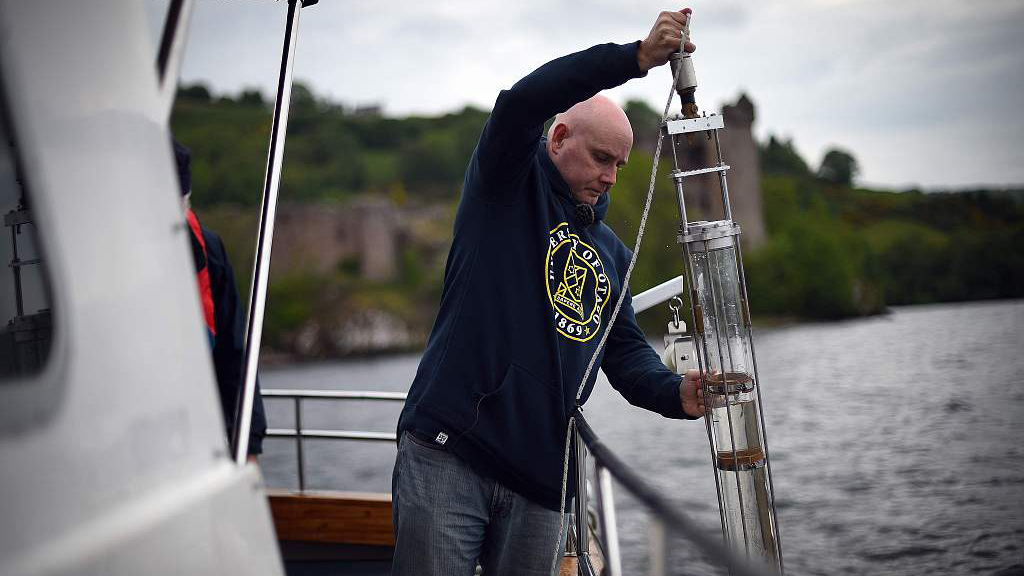
In this file photo taken on June 11, 2018 Professor Neil Gemmell takes samples on his boat as he conducts research into the DNA present in the waters of Loch Ness in the Scottish Highlands, Scotland, June 11, 2018. /VCG Photo
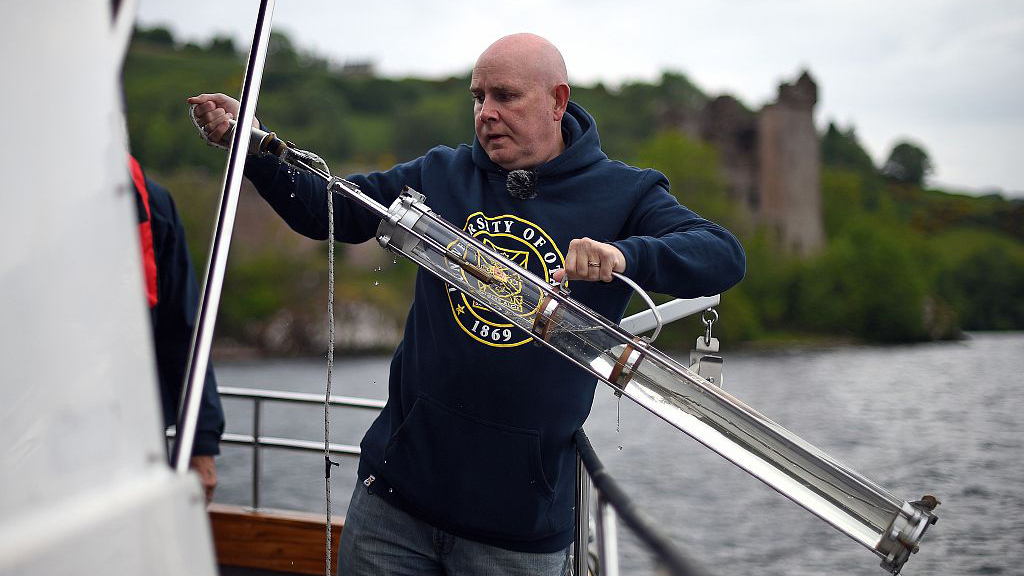
In this file photo taken on June 11, 2018 Professor Neil Gemmell takes samples on his boat as he conducts research into the DNA present in the waters of Loch Ness in the Scottish Highlands, Scotland, June 11, 2018. /VCG Photo

In this file photo taken on June 11, 2018 Professor Neil Gemmell takes samples on his boat as he conducts research into the DNA present in the waters of Loch Ness in the Scottish Highlands, Scotland, June 11, 2018. /VCG Photo
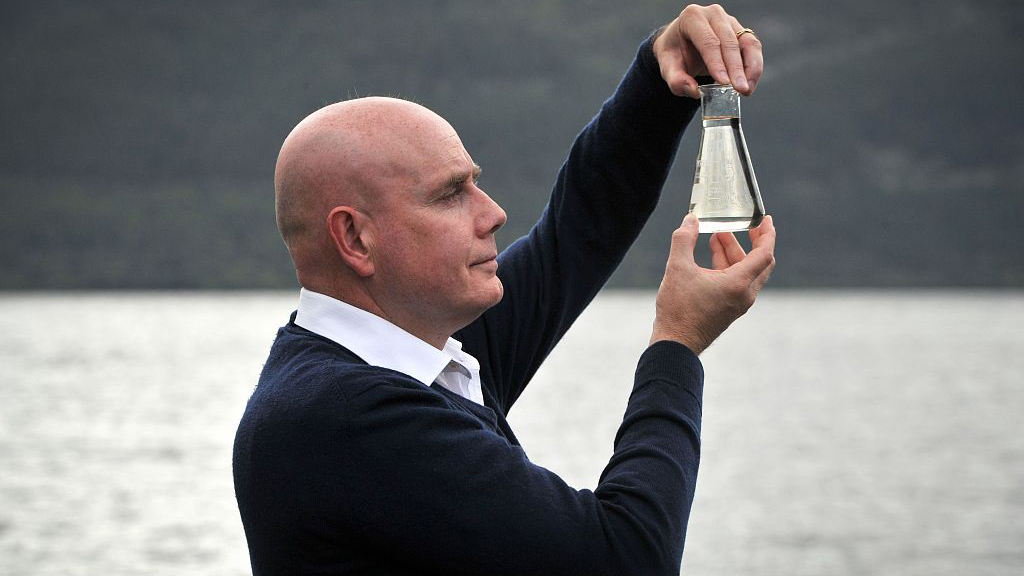
University of Otago geneticist, Professor Neil Gemmell poses with a beaker of water on the shores of Loch Ness after announcing the results of investigations into the environmental DNA present in Loch Ness in Drumnadrochit , Scotland, September 5, 2019. /VCG Photo
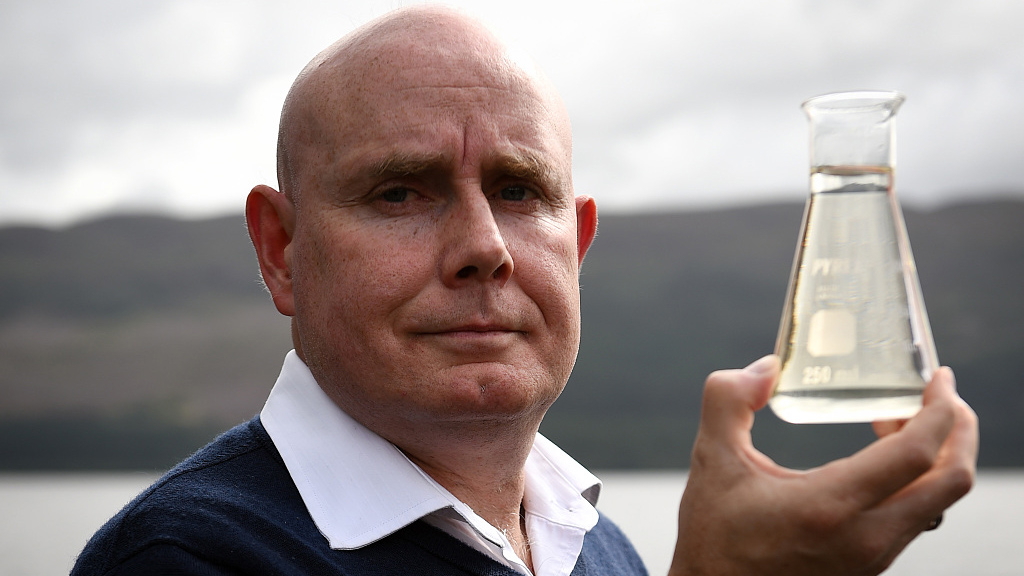
University of Otago geneticist, Professor Neil Gemmell poses with a beaker of water on the shores of Loch Ness after announcing the results of investigations into the environmental DNA present in Loch Ness in Drumnadrochit , Scotland, September 5, 2019. /VCG Photo
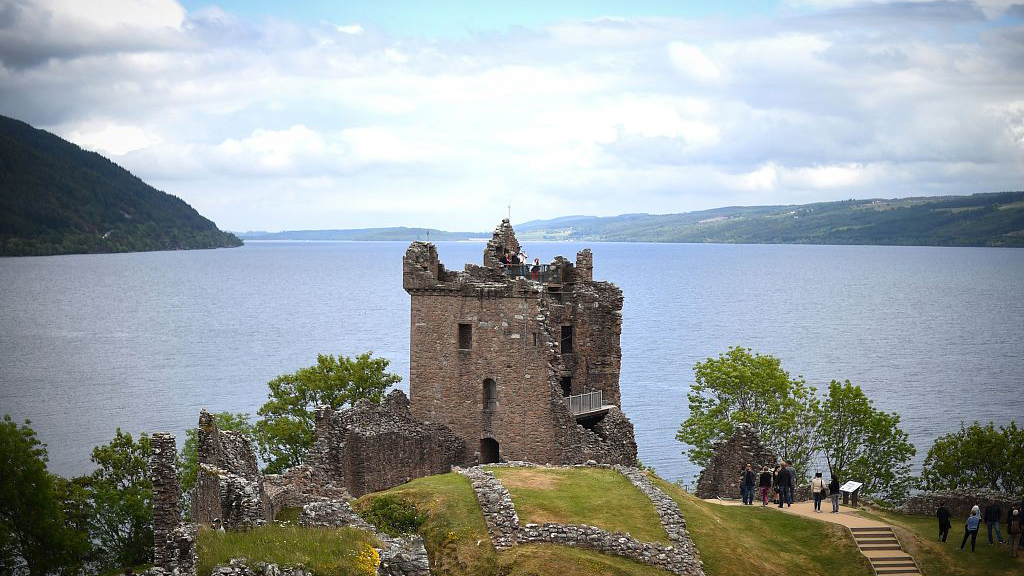
In this file photo taken on June 10, 2018 Tourists take in Urquhart Castle on the banks of Loch Ness in the Scottish Highlands, Scotland, June 10, 2018. /VCG Photo
A scientist who collected DNA from Scotland’s Loch Ness suggests the lake’s fabled monster might be a giant eel.
Neil Gemmell from the University of Otago in New Zealand says the project found a surprisingly high amount of eel DNA in the water. He cautioned that it’s not clear whether that indicates a gigantic eel or just a lot of little ones.
But he said at a news conference in Scotland on Thursday that the idea of a giant eel is at least plausible.
The DNA project found no evidence to support the notion that the monster is a long-necked ancient reptile called a plesiosaur (PLEE’-see-uh-sawr).
Loch Ness is the largest and second deepest body of fresh water in the British Isles.
(Cover image via VCG.)
(If you want to contribute and have specific expertise, please contact us at nature@cgtn.com)

Copyright © 2018 CGTN. Beijing ICP prepared NO.16065310-3
Copyright © 2018 CGTN. Beijing ICP prepared NO.16065310-3